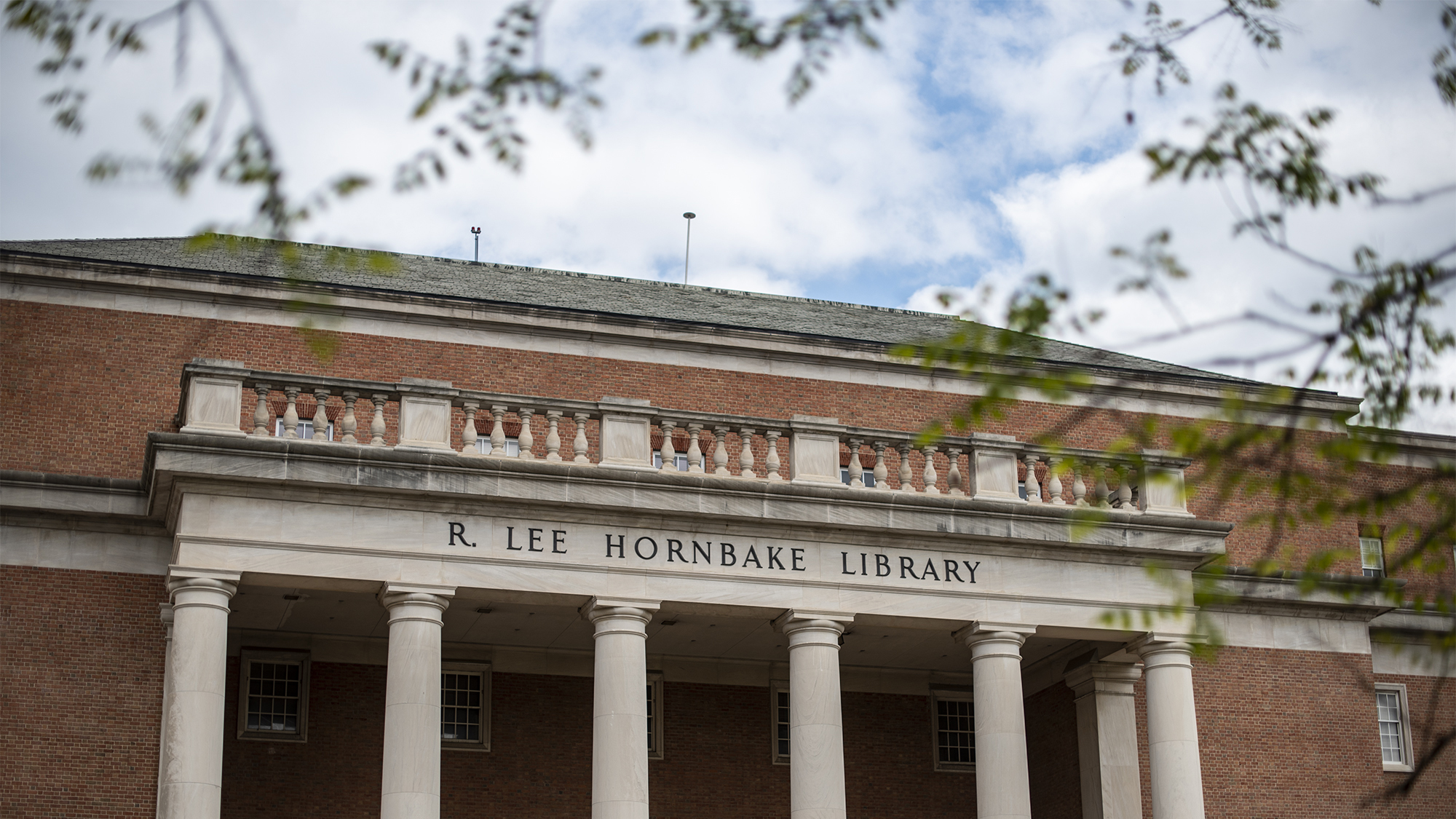You must not keep your hands in your pockets. You must fold your arms during dining hall announcements. You must tip your cap when you speak to upperclassmen and always address them with a “sir” and “pardon.”
These are not the rules of an elite military boarding school, nor the laws from some dystopian, authoritarian academy. These are the freshman rules from the Handbook of the University of Maryland — published in 1924.
This university’s College Park and Baltimore campuses’ Young Men’s Christian Associations jointly published this student handbook, an ancestor of the more famous M Book. Within its yellowed pages lies a capsule of this university’s past, a history forgotten in the century since then.
Preceding with a message from then-university president, Albert F. Woods, and a handful of directory notes, the handbook, which can be read in full in the university library’s archival collection, provides a picture of this university’s 1920s structure. The time-worn and occasionally blotched pages contain songs, rules and advertisements.
[Diamondback Day Trip: Exploring Frederick]
The handbook lists seven sports — football, baseball, basketball, lacrosse, track, tennis and cross country — along with a variety of student clubs and organizations, including the girls’ rifle team, an exclusively women’s sport with no men’s team listed, and our very own The Diamondback, led by future NBC Radio star John White.
Beyond limited extracurricular opportunities — compared to the more than 650 student organizations available today — students at this university, especially freshmen, were subject to a strict list of rules, guidelines and regulations.
Freshmen were forbidden from displaying insignias on their clothes unless explicitly earned at this university. They were required to wear a rat cap, an early style of baseball cap, at all times. All freshmen were barred from crossing across campus, and were to limit themselves to cinder and cement walkways.
Dining halls saw similar restrictions, with freshmen disallowed from sitting at the heads of tables unless given express permission by an upperclassman. Before taking their seats, all freshmen were instructed to form lines of two and always “ask for and pass things cheerfully.”
[Four easy TikTok-inspired Valentine’s Day treats to impress your loved ones]
Not all policies were aimed squarely at the university’s youngest students. Skipping class near a break in 1924 would result in more than your TA’s disapproval — it came with a $3 fine charged for each course missed.
Similarly, a student who received an “E” grade would be marked as “conditioned” and required to take a condition examination after paying a $1 fee to the university. If they failed to do so within a semester, the grade would be dropped to a failure.
Despite the handbook’s many dated regulations, not all of its listed rules have gone out of style. Many of its fraternity and sorority policies are consistent with the school’s modern-day rules, with some notable exceptions.
All prospective pledges were required to have completed 12 credit hours before joining a Greek organization — the same as today. Grade standards were similar in 1924 as well; new Greek organizations needed a “C” average to officially join campus, right around the 2.5 GPA requirement for current pledges.
But the pledging schedule was quite different a century ago. Pledging day occurred on the last Tuesday of the fall semester, instead of opening the spring semester. Greek organizations had a minimum membership of 12 active members, a requirement that has dropped to five enrolled students today.
The handbook’s latter pages are filled with advertisements that provide a glimpse into College Park in 1924. Some of the most prominent promotions are for lunch rooms, advertising a range of offerings, from cigars to ice cream. These establishments fell somewhere in between a restaurant, a cafe and a corner store, selling small goods and good eats at an affordable price.
This university, and the city surrounding it, is constantly changing. But the student spirit that filled the century-old handbook still exists today, albeit with a little more generosity for freshmen.



